NEWS
20 Easy Ways to Keep Energy Costs Low During Chilly Months
Published
1 month agoon

Shutterstock
Winter often brings cozy nights and festive cheer, but it can also deliver a harsh blow to your wallet with skyrocketing energy bills. As temperatures drop, heating costs rise, and it’s easy to feel trapped between staying warm and staying within budget. Fortunately, there are simple, practical steps you can take to keep your home comfortable without overpaying for energy.
Small changes like sealing drafts to optimizing your heating system can lead to significant savings. With a little effort and strategy, you can enjoy a warm winter while keeping your energy bills in check.
Seal Windows and Doors

Shutterstock
Drafty windows and doors can let warm air escape, forcing your heating system to work harder. By sealing gaps with weather stripping or caulking, you create a barrier that keeps the cold out and the warmth in. This simple and cost-effective solution can significantly reduce energy loss. Plus, it enhances comfort by eliminating chilly spots near entryways and windows.
Insulate Your Attic
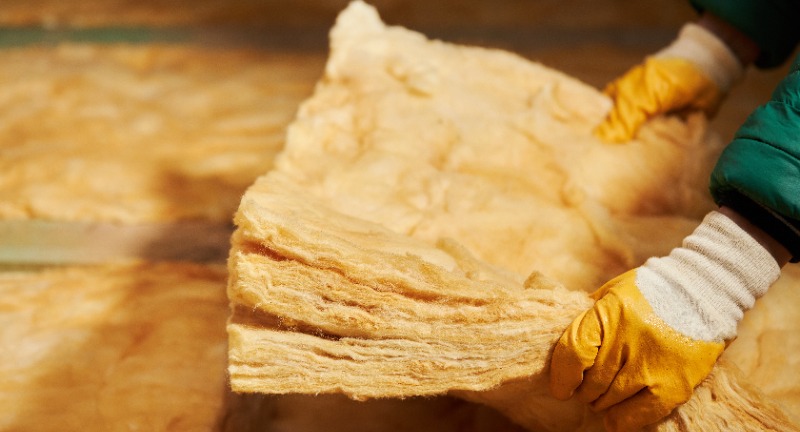
Shutterstock
An inadequately insulated attic is like leaving a window open in winter—it allows heat to escape freely. Adding or upgrading insulation in your attic ensures that the warmth generated by your heating system stays where it belongs: inside your home. It’s an investment that pays for itself in reduced heating costs and increased energy efficiency. Moreover, a well-insulated attic helps maintain a consistent indoor temperature, making your home cozier.
Use a Programmable Thermostat

Shutterstock
A programmable thermostat gives you control over your home’s temperature even when you’re not there. You can set it to lower the heat while you’re asleep or away, then warm up the house before you wake or return. This automatic adjustment can save energy without compromising comfort. It’s a convenient, hands-off way to reduce your heating bill and stay cozy.
Take Advantage of Natural Sunlight
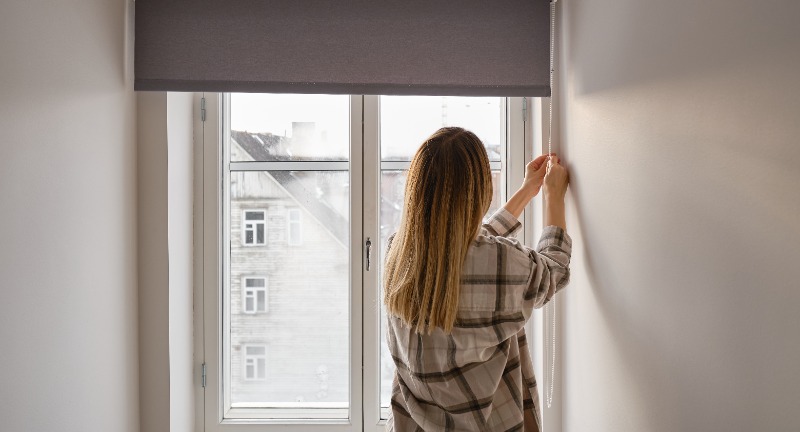
Shutterstock
The sun is a free and powerful source of heat that often goes underutilized in winter. By opening your curtains or blinds during the day, you can let sunlight naturally warm your home. Close them at dusk to trap the heat inside and block out the cold night air. This simple habit is an eco-friendly way to reduce reliance on your heating system.
Use Draft Stoppers
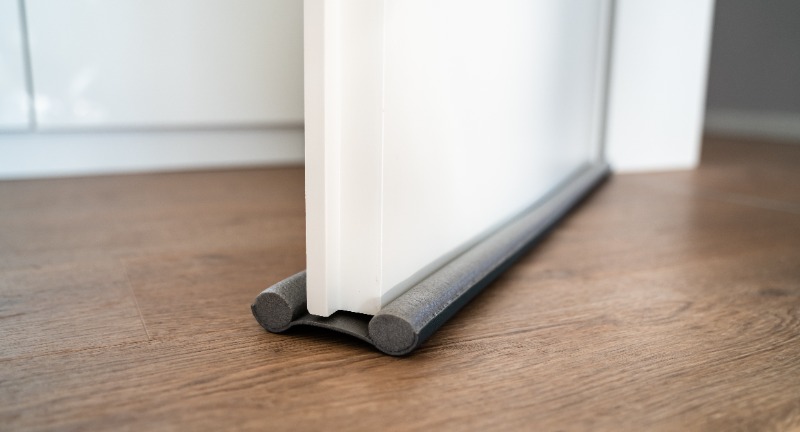
Shutterstock
Drafts under doors can create cold spots and make your heating system work overtime. A draft stopper is an easy and inexpensive fix that prevents cold air from sneaking in. Whether you buy a decorative one or use a rolled-up towel, this simple barrier can make a noticeable difference. It’s especially effective for older homes with less-than-perfect seals around doors.
Lower the Water Heater Temperature

Shutterstock
Most water heaters are set to 140°F by default, but lowering it to 120°F can save energy without a noticeable drop in performance. The lower temperature reduces the energy needed to heat the water, which can significantly cut costs over time. It also reduces the risk of scalding, making it a safer choice for families. This quick adjustment delivers savings without sacrificing convenience.
Reverse Ceiling Fans
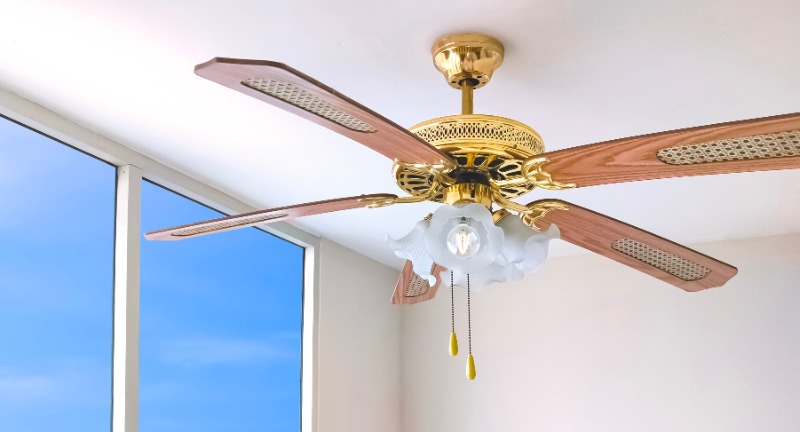
Shutterstock
Ceiling fans aren’t just for summer—they can be helpful in winter too. By reversing the fan’s direction to clockwise at a low speed, you push warm air from the ceiling back down into the room. This simple trick helps distribute heat evenly, making your space feel warmer without cranking up the thermostat. It’s a small change that maximizes the efficiency of your heating system.
Service Your Heating System
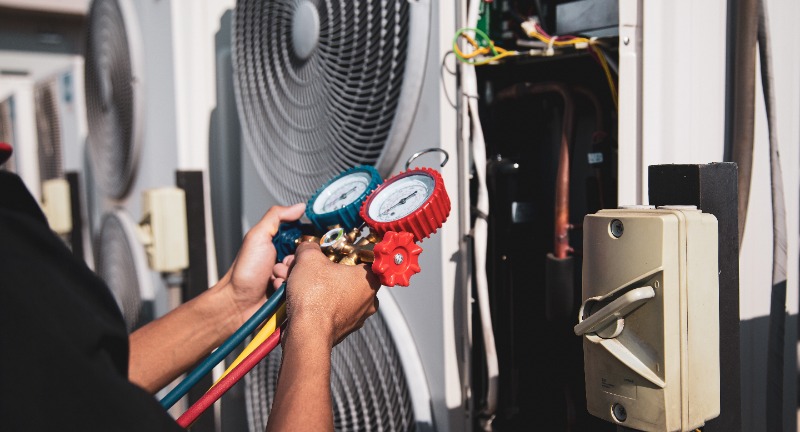
Shutterstock
A well-maintained heating system runs more efficiently, consuming less energy and saving you money. Regular maintenance includes cleaning or replacing filters, checking ducts for leaks, and ensuring that all components are in good working order. It also prolongs the life of your system, preventing costly breakdowns during the coldest months. Think of it as a tune-up that keeps your home warm and your energy bills low.
Add Insulation to Pipes
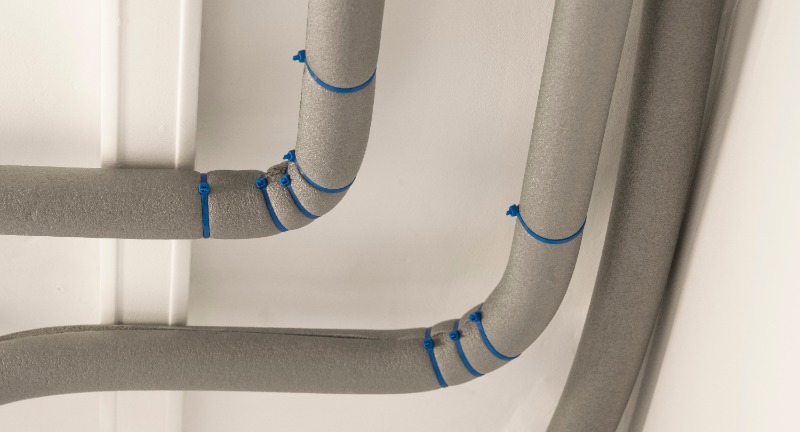
Shutterstock
Exposed water pipes can lose heat, making your water heater work harder to deliver warm water. By wrapping them in foam insulation, you reduce heat loss and improve efficiency. This is especially important for pipes in unheated areas like basements or garages. Insulated pipes also help prevent freezing, which can cause costly damage in winter.
Install Heavy Curtains
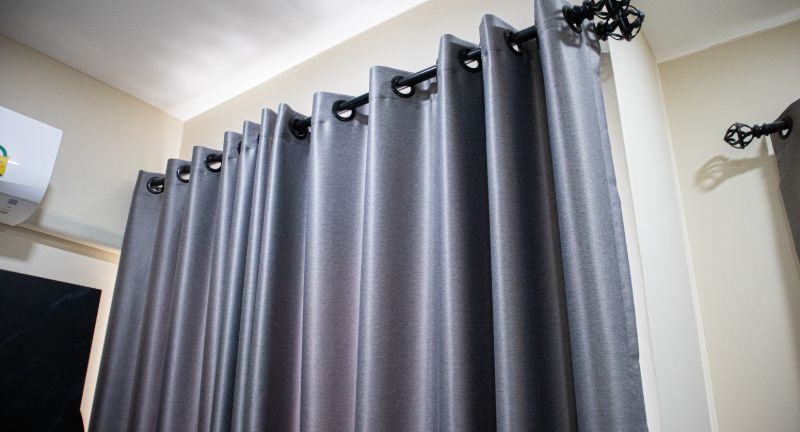
Shutterstock
Heavy curtains act as a shield against cold air that can seep through windows. During the day, they can be opened to let in sunlight, and at night, they provide insulation to retain heat. Opt for thermal or blackout curtains for maximum effectiveness. This stylish solution not only saves energy but also enhances your home’s aesthetic.
Close Unused Rooms
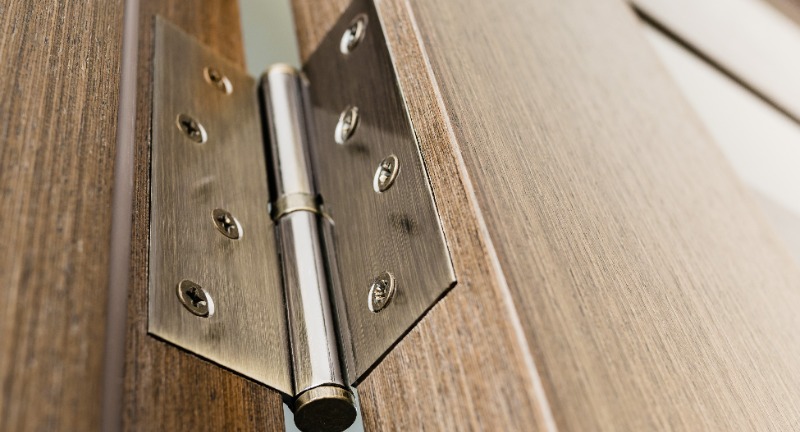
Shutterstock
Heating unused rooms wastes energy and money. By closing the doors and vents to these spaces, you focus your heating system’s efforts on the areas you use most. This simple step reduces your overall energy consumption without sacrificing comfort. It’s a quick and effective way to lower your heating bill.
Use Rugs on Hardwood Floors
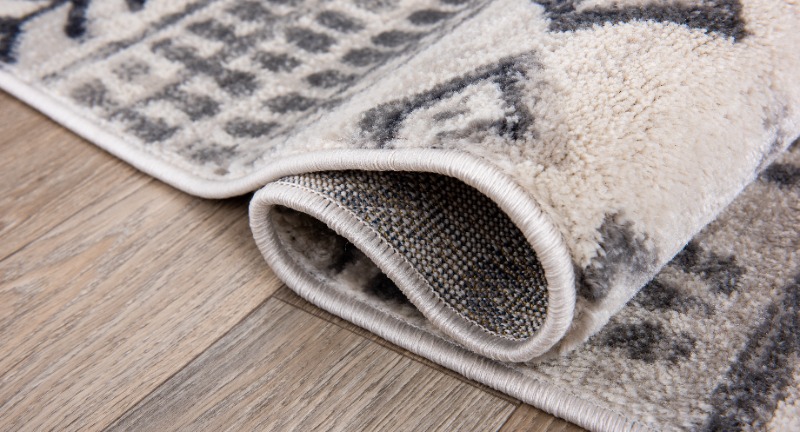
Shutterstock
Hardwood and tile floors can feel icy in winter, contributing to heat loss. Placing rugs or carpets on these surfaces adds a layer of insulation that helps retain warmth. They also create a cozy atmosphere and protect your feet from the cold. This affordable solution is both functional and decorative.
Cover Your Chimney
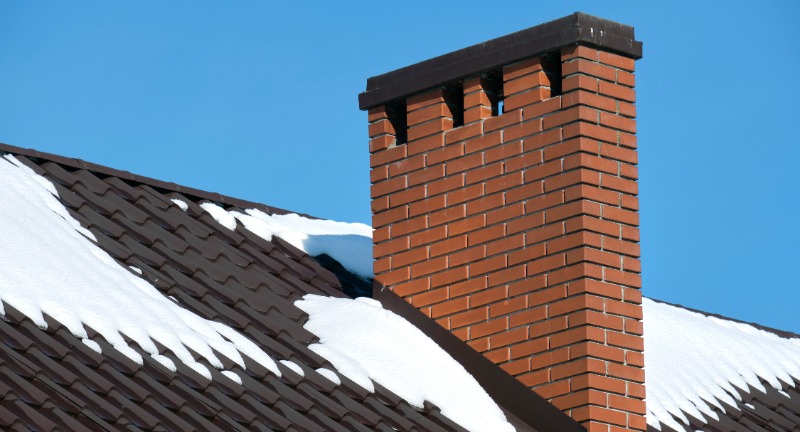
Shutterstock
A fireplace can be a significant source of heat loss when not in use. A chimney balloon or damper blocks cold air from entering and warm air from escaping. This simple addition ensures your heating system doesn’t have to compensate for the lost warmth. It’s an easy way to make your home more energy-efficient.
Cook and Bake More
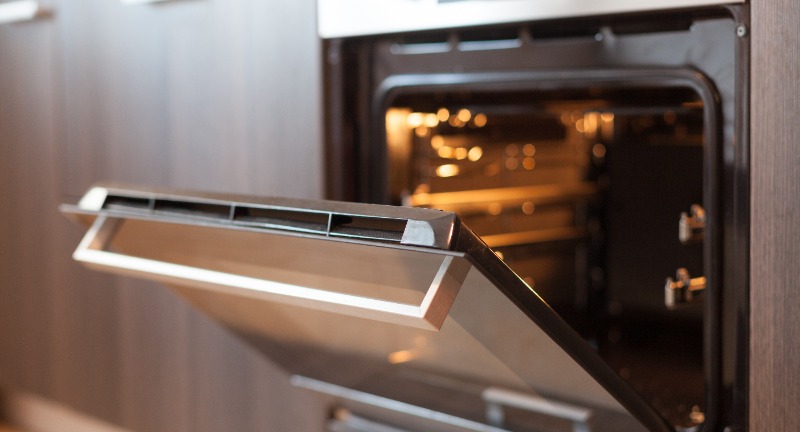
Shutterstock
Winter is the perfect time to embrace comfort foods and baked goods. The heat from your oven contributes to warming your home, reducing reliance on your heating system. Cooking and baking also add humidity to the air, which can make your home feel warmer. Plus, it’s a delicious way to stay cozy during the colder months.
Layer Up
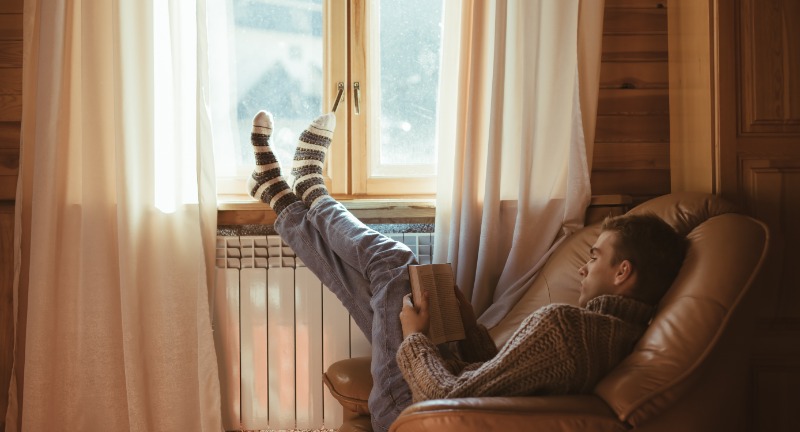
Shutterstock
Instead of turning up the thermostat, wear warmer clothing indoors. Layers trap body heat, keeping you comfortable at lower temperatures. Invest in cozy sweaters, socks, and blankets for a stylish and energy-efficient solution. This approach saves money while encouraging a snug winter vibe.
Switch to LED Lights
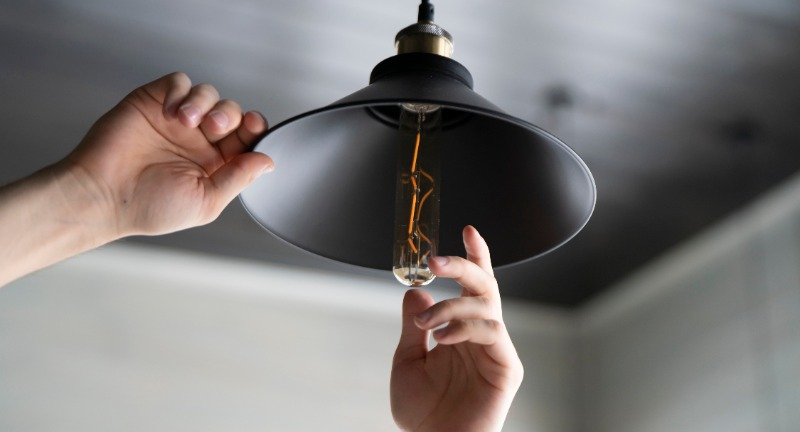
Shutterstock
Winter often means longer hours of lighting usage, so energy-efficient LEDs can make a big difference. They use significantly less electricity and last much longer than traditional incandescent bulbs. Switching to LEDs reduces both your energy costs and the need for frequent replacements. It’s a bright idea for a more sustainable home.
Install Storm Windows
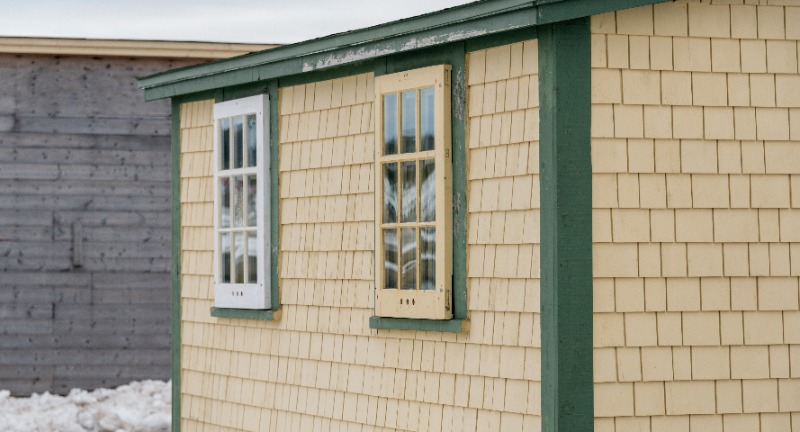
Shutterstock
Storm windows add an extra layer of insulation, preventing heat from escaping through older, drafty windows. They are easy to install and can be removed in warmer months. This upgrade improves your home’s energy efficiency and enhances comfort during winter. It’s a smart way to keep the cold out without major renovations.
Use Space Heaters Wisely
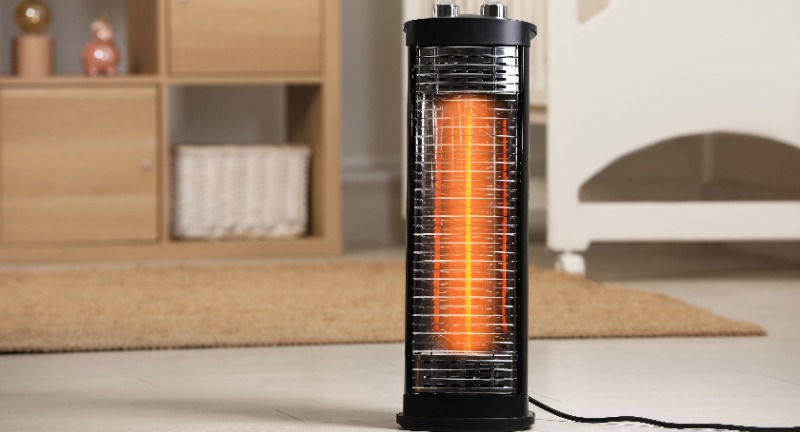
Shutterstock
Space heaters are ideal for warming small areas without heating the entire house. Choose models with energy-saving features like timers or thermostats to maximize efficiency. Be mindful of placement and safety to ensure effective and secure operation. Used wisely, they can supplement your main heating system and cut costs.
Upgrade to Energy-Efficient Appliances
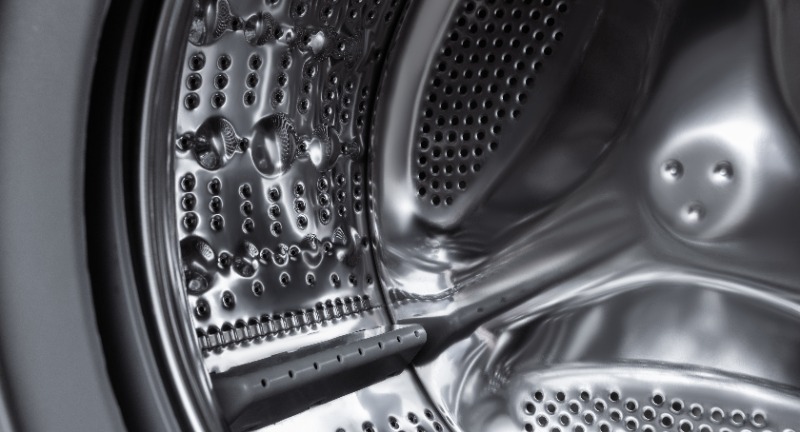
Shutterstock
Older appliances, especially heating and water systems, often consume more energy than newer models. Upgrading to energy-efficient options reduces your overall energy usage and can lower your bills significantly. Look for appliances with the ENERGY STAR label for maximum savings. While the initial investment is higher, the long-term benefits make it worthwhile.
Perform an Energy Audit
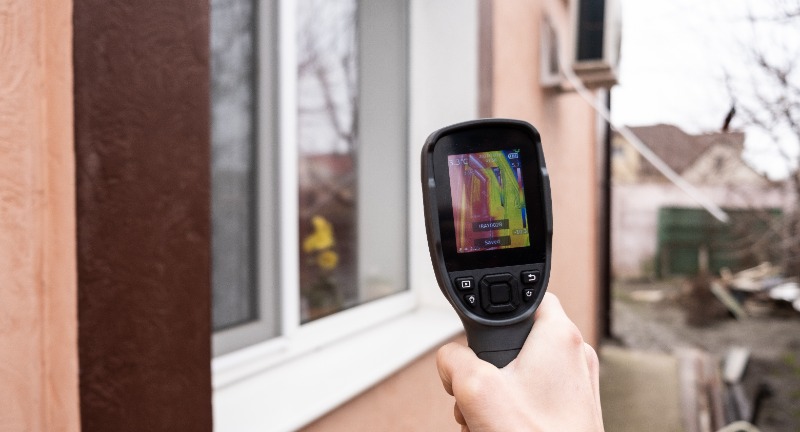
Shutterstock
An energy audit identifies areas where your home is losing energy, such as poorly insulated walls or inefficient systems. You can hire a professional or conduct a DIY audit using simple tools like an infrared thermometer. The insights gained help prioritize upgrades and maximize energy efficiency. It’s a proactive step toward a warmer home and lower energy bills.
Conclusion
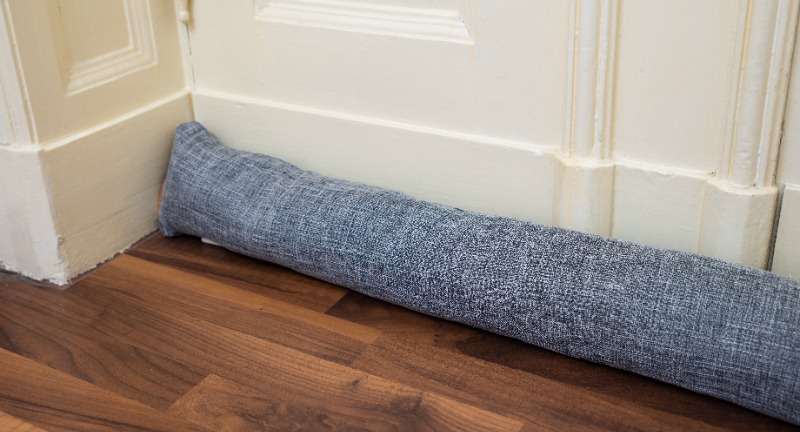
Shutterstock
Lowering your energy bill during winter doesn’t have to mean sacrificing comfort. By implementing these cost-effective strategies, you can keep your home warm and cozy while saving money. Small changes, like sealing drafts or adjusting your thermostat, can make a big difference over time. With these tips, you’ll be well on your way to a more energy-efficient and budget-friendly winter season.
Related Topics:

More Money + Investing
-


21 Items Savvy Shoppers Skip
-


25 Epic Car Flops That Made History
-


Biden Aims for Historic High with 44.6% Capital Gains Tax…
-


20 Great Low Population Places In America To Retire In
-


20 Motivations Behind Baby Boomers’ Shift to Minimalism
-


20 Witty Reasons Mature Women Are Choosing the Single Life
-


20 Surprising Effects Being “Woke” Has On Your Mental Health
-


15 Powerful Arguments to Ban Electric Cars Permanently
-


24 Cars to Buy Now Before Their Value Skyrockets
-


23 Intriguing Facts About the B-2 Spirit: America’s Stealth Supersonic…
-


17 Unmistakable Clues That Someone Is Gaslighting You
-


Mortgage Demand Continues to Fall Despite Drop In Interest Rates